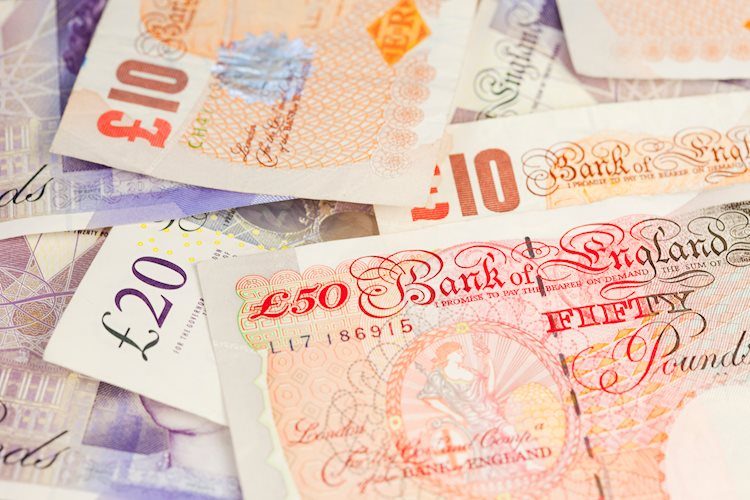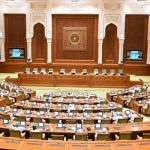The GBP/USD pair saw a rise to around 1.2970 during Monday’s early Asian session, marking a 0.40% increase on the day. This increase can be attributed to the US Dollar (USD) remaining under selling pressure following weaker US Nonfarm Payrolls (NFP) data for October. The Federal Reserve (Fed) is expected to cut its policy rate by 25 basis points in the November meeting, with markets pricing this outcome with a 97% probability. Traders are also anticipating the US presidential election and the Fed interest rate decision later in the week, causing the Greenback to edge lower.
Despite expectations of a Fed rate cut, analysts believe that a win for Donald Trump in the election would be positive for the USD due to his policies on immigration, tax cuts, and tariffs. On the other hand, Kamala Harris is seen as the continuity candidate. Meanwhile, the Bank of England (BoE) is expected to announce a quarter-point rate cut to 4.75% on Thursday, despite forecasts that Labour’s budget could lead to higher inflation in the UK next year. Money markets are confident in the BoE’s decision to lower the policy rate for the second time this year.
The Pound Sterling (GBP) is the official currency of the United Kingdom and the oldest currency in the world, dating back to 886 AD. It is the fourth most traded currency in the world, accounting for 12% of all foreign exchange transactions. The key trading pairs for GBP are GBP/USD (Cable), GBP/JPY (Dragon), and EUR/GBP. The value of the Pound Sterling is influenced by monetary policy decisions made by the Bank of England, with interest rates being adjusted to maintain price stability.
Monetary policy decisions made by the BoE are based on achieving steady inflation rates around 2%. When inflation is too high, interest rates are raised to curb inflation, making it more expensive for people and businesses to borrow money. This is generally positive for GBP as higher interest rates attract global investors. Economic indicators such as GDP, manufacturing and services PMIs, and employment data can also impact the value of the Pound Sterling. A strong economy is positive for GBP as it attracts more foreign investment and may lead to interest rate hikes.
Another important factor for the Pound Sterling is the Trade Balance, which measures the difference between a country’s exports and imports. A positive Trade Balance strengthens a currency as it indicates a high demand for exports. Conversely, a negative balance weakens a currency. Overall, data releases and economic indicators play a crucial role in determining the value of the Pound Sterling in the foreign exchange market.










